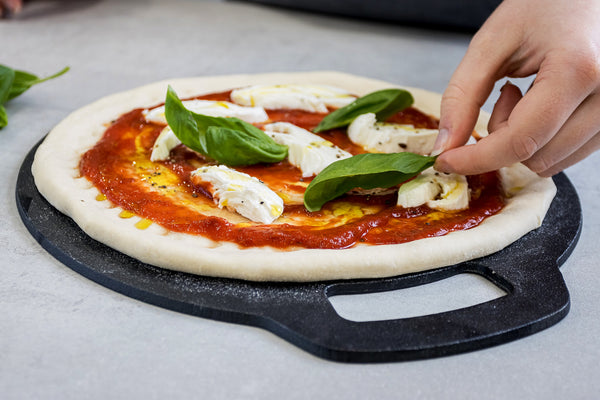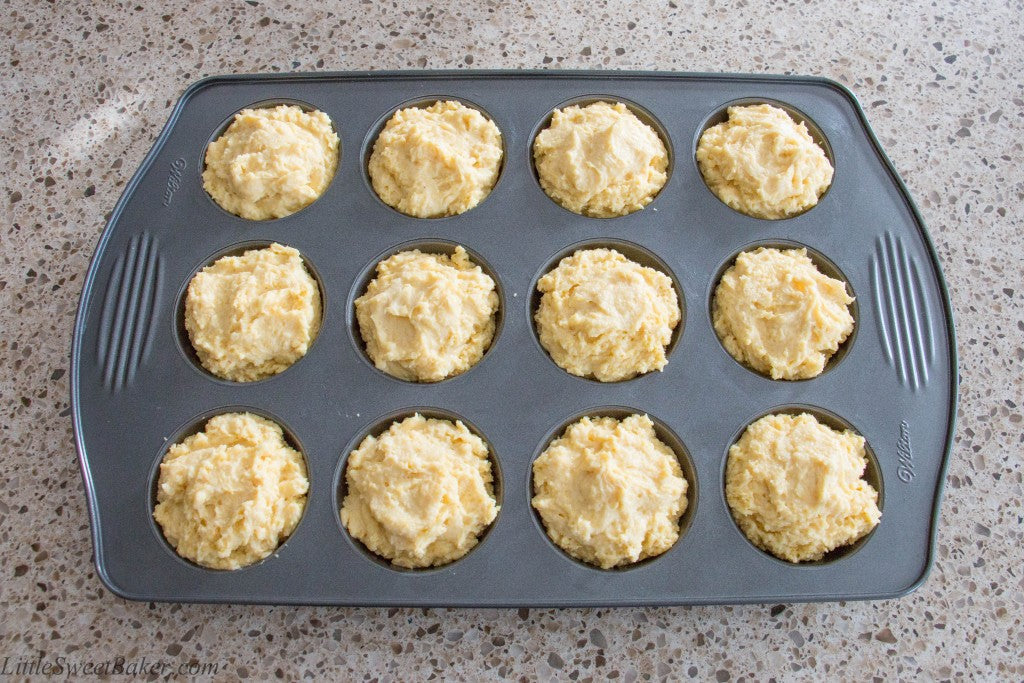For kitchen professionals, the art of baking is a dance between precision and creativity. Among the myriad of techniques and tools available, using a baking stone is a time-honored tradition that elevates the flavor and texture of baked goods. In the realm of pastries, there's nothing quite as satisfying as preparing cinnamon rolls on a baking stone. This method not only enhances the taste but also bestows your rolls with a crisp on the outside, yet tender inside quality, reminiscent of artisan bread.
:max_bytes(150000):strip_icc()/pizza-stone-testing-winners-lodge-pre-seasoned-cast-iron-baking-pan-wdickey-3-02-a8dc06f53f5d4be89d55a499294de19b.jpg)
The Importance of Baking Stones
Baking stones, also known as pizza stones, are essential in professional kitchens. They distribute heat evenly and absorb moisture, creating the ideal environment for baking. When it comes to making the perfect cinnamon rolls, this aspect of moisture absorption becomes crucial, ensuring a golden, flaky exterior with a perfectly cooked interior.
For those unfamiliar with the variety of baking stones available, a helpful comparison can be found in this article on Differences in Baking Stone Materials. Understanding these differences can guide kitchen professionals in selecting the right stone for their culinary needs.
Key Ingredients for Perfect Cinnamon Rolls
The journey to making impeccable cinnamon rolls begins with selecting high-quality ingredients. Here's what you'll need:
- Flour: Opt for bread flour for its higher gluten content, offering structure and chewiness to the rolls.
- Cinnamon: Use fresh, aromatic cinnamon to deepen the flavors in your rolls.
- Yeast: Active dry yeast will give the rolls their rise and airy texture.
- Butter: Unsalted butter is preferred for better control over seasoning.
- Sugar: Both brown and white sugar can be used, each contributing its unique character to the rolls.
Preparation: The Path to Perfection
The process of preparing cinnamon rolls on a baking stone is akin to a symphony, where each ingredient and step plays its part to perfection.
Mixing and Kneading
Begin by mixing the yeast with warm water and a hint of sugar, activating it to create a frothy concoction. Gradually incorporate flour into the yeast mixture, followed by melted butter and sugar, kneading until a smooth dough forms. Kneading is crucial as it builds gluten, which contributes to the dough's elasticity and structure. Experts reaffirm the power of kneading in this Beginner's Guide to Baking with Stones.
Rolling and Shaping
Once the dough has risen, roll it out on a floured surface, applying a generous layer of cinnamon and sugar. Carefully roll the dough into a log, then slice it into rounds. These rounds are then precisely placed onto the preheated baking stone inside the oven.
The Magic of Baking on a Stone
Baking on a stone is transformative for pastries like cinnamon rolls. The even heat distribution ensures that the rolls bake uniformly, and the stone's surface helps create a pleasing crunch on the exterior while maintaining moisture and tenderness inside. This technique is expertly discussed in detail in the Ultimate Guide to Baking Stones.
Serving and Storing Cinnamon Rolls
After baking, allow your cinnamon rolls to cool slightly before drizzling them with a luscious glaze, making them irresistibly delightful. Serve warm for the best experience, and if you find yourself with leftovers, store them in an airtight container. They can be reheated on the baking stone to revive that fresh-baked quality.
Moreover, incorporating your rolls into a broader brunch menu can be beautifully executed, as discussed in many culinary professional forums.
FAQs About Baking with Stones
Are baking stones only used for pizza?
While baking stones are commonly associated with pizza, they are incredibly versatile and can be used for baking bread, pastries, cookies, and more, providing an even heat that simulates a professional oven.
What maintenance does a baking stone require?
Baking stones are quite durable and require minimal maintenance. Regularly cleaning and ensuring they are completely dry before storing will extend their life. Learn more about maintaining your kitchen tools in this piece on Cleaning a Greasy Grill Pan.
Can I use parchment paper with a baking stone?
Yes, parchment paper can be used when baking on a stone to prevent sticking and make for easier clean-up. It's useful when dealing with sticky dough and can withstand the high temperatures of a baking stone.
This article contains affiliate links. We may earn a commission at no extra cost to you.






Leave a comment
This site is protected by hCaptcha and the hCaptcha Privacy Policy and Terms of Service apply.